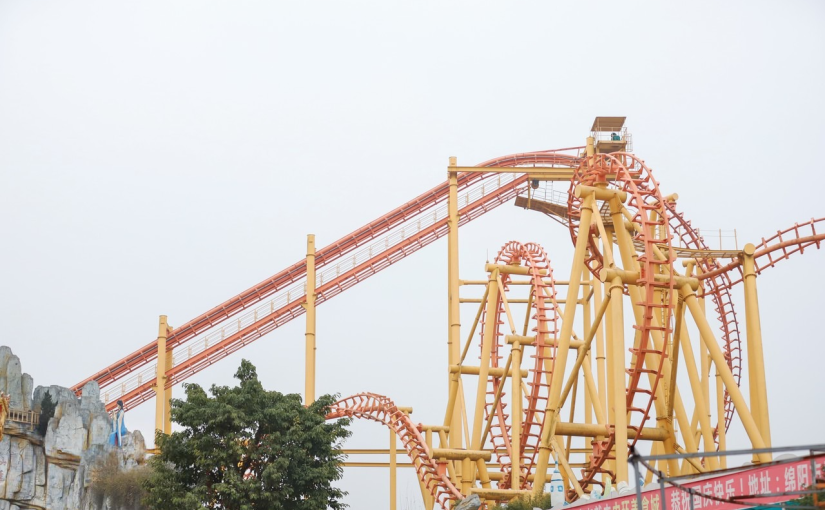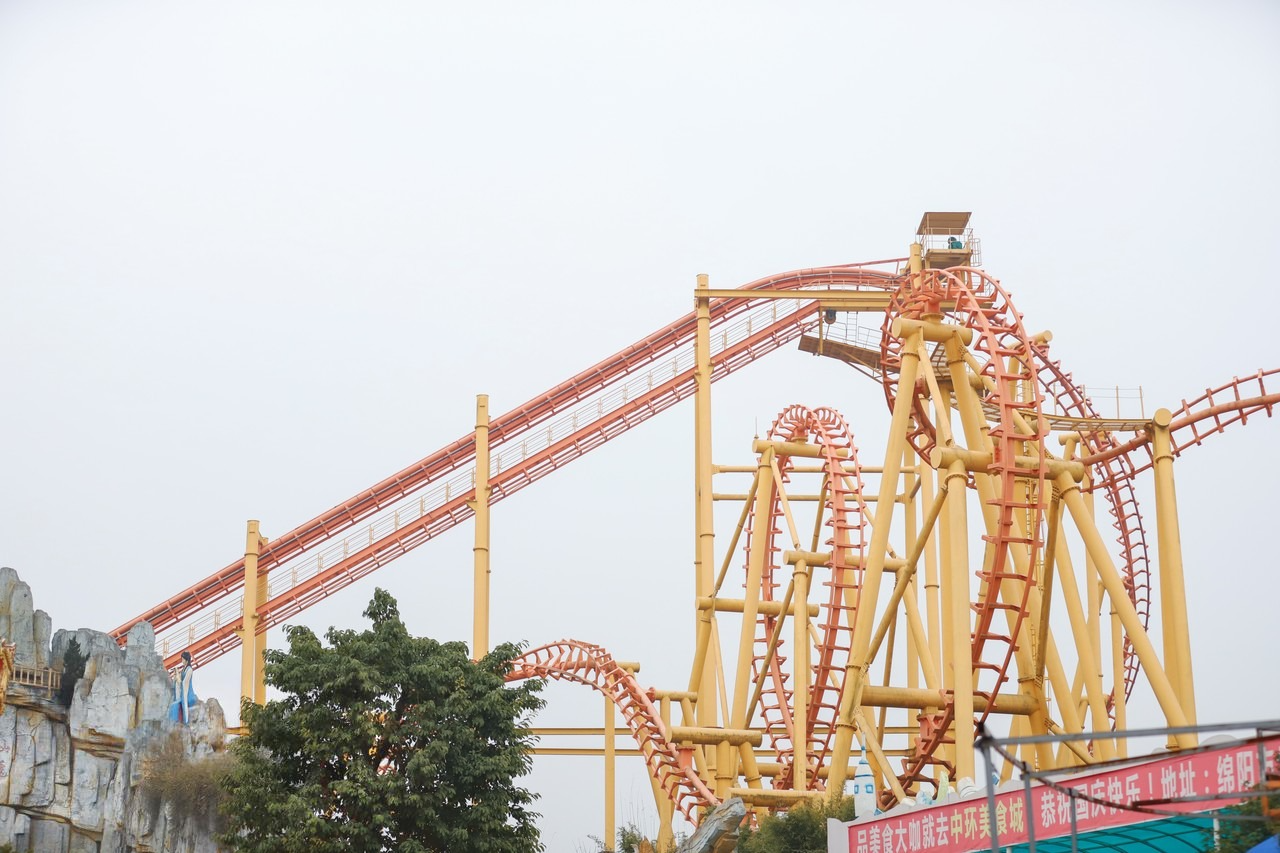When planning to invest in a roller coaster for your amusement park, one of the most significant decisions you’ll face is whether to buy a brand-new model or go with a used one. Each option has its advantages, challenges, and long-term consequences. Understanding these aspects can help you make a well-informed choice that aligns with your goals and budget.
Evaluating Budget Constraints and Value for Money
One of the primary reasons park owners consider used roller coasters (аттракцион американские горки) is cost. A new coaster can run into millions of dollars, depending on its size, manufacturer, and complexity. By contrast, secondhand rides may be available at a fraction of the price. This can be a great advantage for smaller parks or startups that need to manage tight capital without sacrificing guest experience.
However, lower upfront cost doesn’t always mean higher value. You need to assess whether the used ride has been well-maintained and if it comes with full documentation, such as inspection reports, ride history, and safety certifications. Without these, future expenses could outweigh the initial savings.
Risks and Rewards of Secondhand Attractions
Used roller coasters can offer great opportunities—but also carry certain risks. Unlike buying a Ferris wheel (колесо обозрения купить) or smaller kiddie rides, a roller coaster is a highly complex structure with mechanical, electrical, and safety systems that must work together flawlessly. If a ride has been decommissioned for years or moved from another park, hidden defects may surface during reinstallation.
To mitigate these risks, try to inspect the ride in operation before committing. If a site visit is not possible due to location, request detailed video footage of the roller coaster running. It’s also a good idea to get an independent engineer or ride consultant to evaluate the coaster’s condition based on video, technical specs, and photos.
Understanding Transport and Setup Logistics
Buying a used roller coaster isn’t just about choosing a ride (аттракционы виды) and signing a contract. The logistical complexity is significant. You’ll need to dismantle, ship, reassemble, and test the entire structure. This involves cranes, technicians, and custom engineering solutions—especially if the terrain or layout of your park differs from the original location.
Consider the full logistics chain, from packing and shipping to local permits and safety inspections. Costs can pile up quickly if you don’t plan ahead. While the ride itself may be cheaper, these additional expenses could equal or exceed the savings.
Comparing Operational Efficiency and Maintenance Demands
New roller coasters benefit from the latest technology, modern safety features, and efficient energy usage. Used rides may still rely on outdated systems that require more frequent servicing. If the ride uses discontinued parts, maintenance can become complicated and costly over time.
On the other hand, tried-and-tested models often come with a wealth of operational knowledge shared by other park owners. It may be easier to find technicians familiar with older systems than to train a new team from scratch on a newly released model.
In contrast, certain other attractions—such as disco rides (диско аттракцион) or Ferris wheels—are mechanically simpler and less prone to performance degradation over time. A well-maintained Ferris wheel from a reputable manufacturer can offer decades of service with minimal issues, making the used vs. new debate less critical for those types of rides.
Negotiating with Confidence: Key Questions to Ask
When considering a used roller coaster, ask the seller key questions:
- Why is the ride being sold?
- How old is the ride, and how many operational years does it have left?
- Is there a record of past repairs or refurbishments?
- Are the original blueprints and manuals included?
- Will the seller provide support during disassembly and reinstallation?
If the seller is reputable and transparent, they should be willing to provide detailed answers and documentation. Avoid deals that lack technical drawings, foundation requirements, or safety certifications.
Aligning Your Ride Choice with Your Park’s Identity
Beyond the technical factors, your decision should align with your park’s overall branding and guest experience strategy. If your park focuses on classic charm and nostalgic themes, an older coaster model might fit perfectly. On the other hand, if you’re aiming for high-thrill appeal or competing with cutting-edge parks, a new ride could serve as a marquee attraction.
Complementary rides like Ferris wheels or disco rides can also support your chosen roller coaster and diversify your attraction portfolio. A balanced mix of vintage and modern experiences will appeal to a broader audience and help drive repeat visits.
Making a Strategic and Sustainable Investment
In the end, your roller coaster investment should be based on more than just price. It’s about delivering an unforgettable experience for guests, ensuring safety, and sustaining operations without ongoing headaches. Whether you choose a new model with all the bells and whistles or a trusted used ride with proven appeal, due diligence is essential.
If you take the time to research, inspect, and ask the right questions, you’ll be much more likely to find a ride that delivers long-term value and fits seamlessly into your park’s environment. With the right approach, even a secondhand roller coaster can become the star of your attraction lineup.


